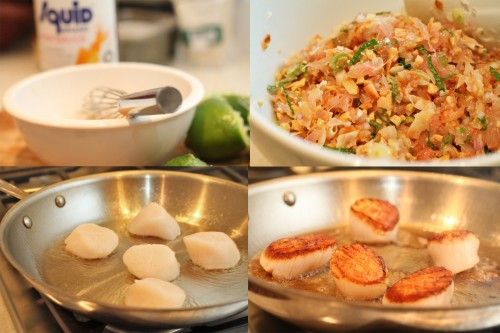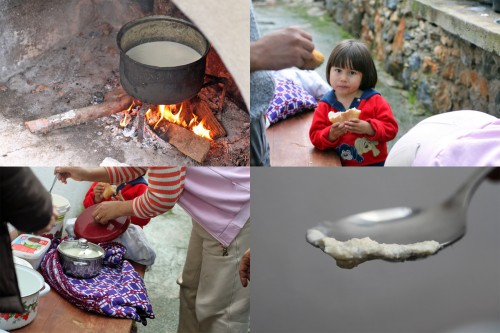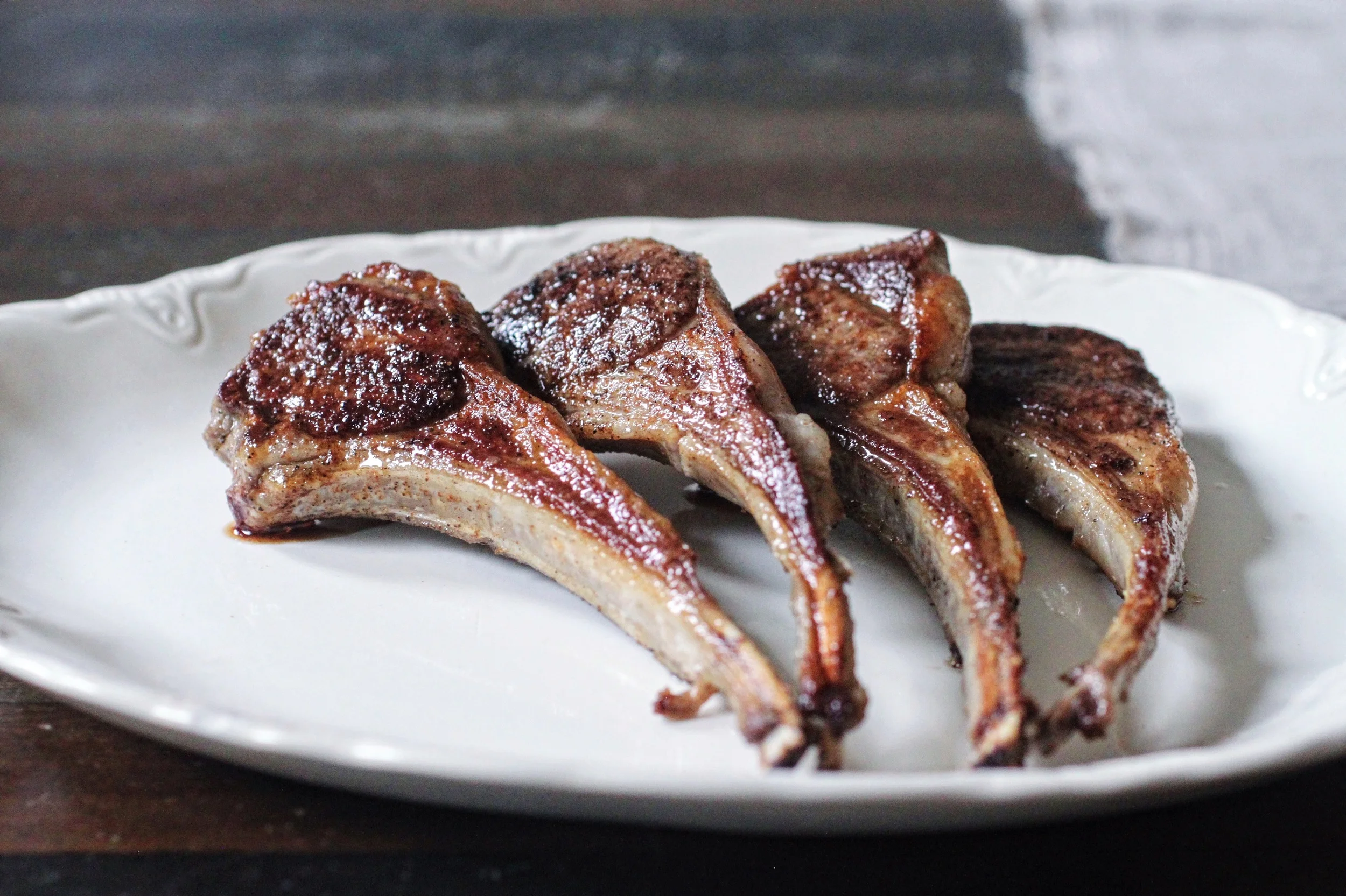The Fastest Baklava Recipe Ever
I love a rich and fulfilling cooking process and usually don’t mind taking my time. But, authentic baklava is one of the most labor-intensive desserts as proven during my trip to Turkey. I got a hands-on cooking lesson in homemade baklava, and it’s an insanely beautiful and lengthy process. Yufka dough, similar to the store-bought phyllo we get here, comprises the layers, and each baklava has 100 of them. Yes, 100 sheets are rolled out to create this delicious dessert.
A few things struck me as I first made balls with the dough, then rolled out 6 or 7 individually to small discs, then placed the 7 on top of each other and rolled those out to the full size (not nearly as quickly or skillfully as the ladies showing me…how many more times?). Typically, baklava recipes require painting each sheet of pastry with butter before placing the next layer on top, which is more than tricky with the thin phyllo. But these ladies didn’t do that – they cut the layered pastry dough into little squares and then poured the butter all over…genius!
I decided to adopt this method using store-bought phyllo, and the result is the fastest baklava ever. Layer phyllo and chopped nuts, cut carefully, cover with clarified butter, bake, douse in syrup. That’s it! This syrup is simple, incredibly delicious and with my personal twist of vanilla bean. Baklava is undoubtedly sweet, but I think this one hits just the right amount of sweetness with lovely honey, vanilla, and cinnamon undertones. I make mine into bite-sized little squares so as not to overindulge…It’s fantastic to do ahead as the flavor gets better, and it keeps for about 5 days at room temperature. Enjoy!
Ingredients
Yields 1 9-inch round cake pan
Pastry:
¼ cup unsalted walnuts, lightly toasted
¼ cup unsalted almonds, lightly toasted
¼ cup unsalted pistachios, lightly toasted
2 tbsps light brown sugar
½ tsp ground cinnamon
¼ tsp salt
pinch of ground cloves
2 sticks of unsalted butter, clarified*
1 box phyllo dough, thawed (1 lb)
honey
Syrup:
½ cup honey
½ cup water
½ cup sugar
1 vanilla bean, split and scraped
1 (1-inch) piece of lemon or orange rind
Preheat oven to 400° F. Grease a 9-inch cake pan.
Phyllo dough dries out pretty quickly, so, in lieu of using a damp cloth on top of the dough and going back and forth, I suggest working quickly and having all of your other ingredients for the pastry ready to go. The most difficult part will be (carefully!) cutting the pastry before adding the butter and baking. You need a sharp knife and a bit of patience.
Place walnuts, almonds, pistachios, brown sugar, cinnamon, salt, and cloves in a food processor, and pulse until finely chopped (not powder).
Place all of the phyllo sheets on a clean cutting board. You have to cut the sheets to fit the cake pan. Take the cake tin and place it on top of all of the sheets at the furthest corner possible. Use a sharp pairing knife to cut around the tin. Then, move the cake pan to the opposite diagonal and cut around the remaining phyllo. You should have two, even-layered circles of phyllo dough. If the phyllo dough is just a tad short, and it’s not exact – don’t sweat it. Use the slightly smaller layers for the bottom part and no one knows the wiser!
You are going to make three layers of phyllo and two of nuts. Place one of the layered circles into the greased cake pan to form the bottom. Cover with half of the nut mixture and drizzle a little honey in very thin streams across all of the nuts. Divide the other layered circle into two equal halves of layers. Place one of them over the nuts, and then again cover with the remaining half of the nut mixture and a little honey. Place the final layers of phyllo on top.
Carefully, cut down the pastry 5 times across in equal widths. Turn the tin 90?, and repeat the process. Immediately, drizzle the clarified butter over the pastry so that the entire top and edges are covered. Let sit for 2 minutes so that all of the butter soaks down.
Bake for 15 minutes. Lower the heat to 325° F, and bake for another 40 minutes.
Make the syrup in the last 10 to 15 minutes of baking. Combine all of the syrup ingredients in a saucepan and bring up to a boil. Lower immediately to a simmer, simmer for 5 to 7 minutes, stirring often until slightly thickened, and remove from the heat discarding the vanilla bean and rind. Be careful – it can foam up, so stirring will help prevent it from overflowing. Also, sugar is extremely hot when heated like this so avoid the temptation to dip your finger and taste…
Remove baklava from the oven. Carefully, re-cut the baklava along the same lines you cut before. Pour the warm syrup evenly over the hot baklava, and let cool completely and uncovered. All of the syrup should soak into the pastry. The baklava tastes better if it sits longer, so I advise making it the night before you plan to serve it.
Baklava can be stored at room temperature for about 5 days. Make sure it has completely cooled before covering to keep a good texture.
*Because of the quick method we’re using, you don’t want the milk solids from the butter to burn on the top of the baklava, so it only takes a few minutes to clarify the butter. You basically want to melt the butter on low and simmer for a few minutes. The water will evaporate, and the milk solids will settle to the bottom. Skim the foam off the top, and the butter should be relatively clear. When you use the butter, decant it – that is, pour it without letting any of the milk solids that are settled at the bottom pour into your container.






























































